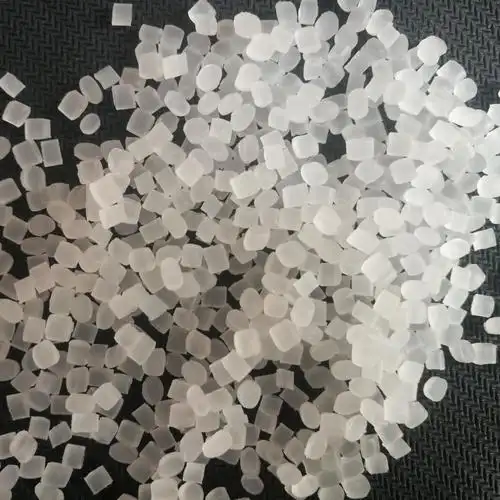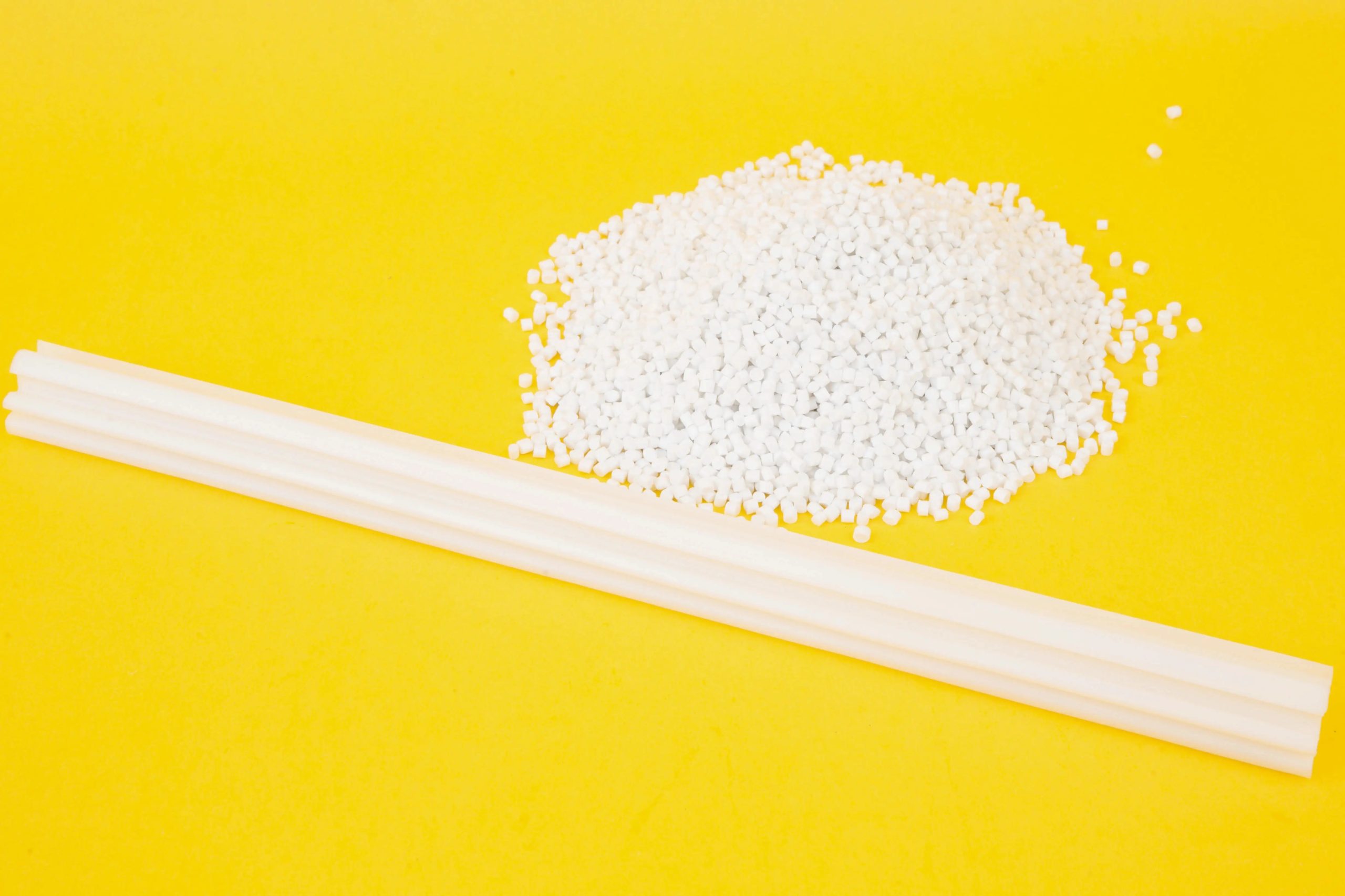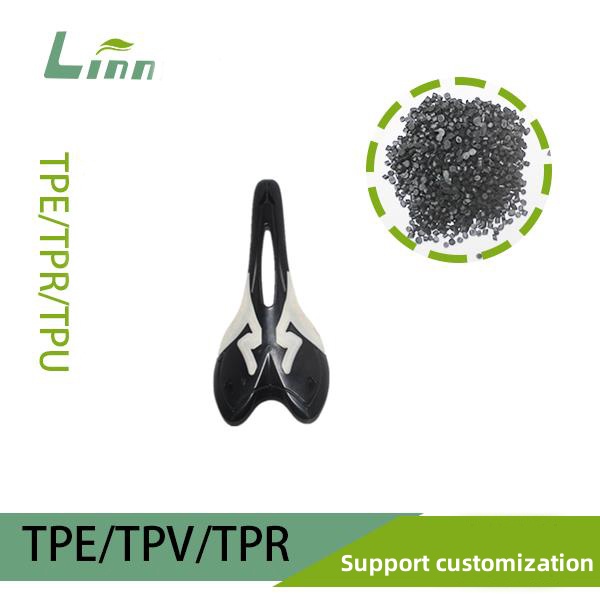Having spent over a decade in the manufacturing and materials industry, I’ve worked closely with factories producing everything from automotive parts to consumer goods like TPE injection-molded floor mats. These versatile, durable, and eco-friendly mats—used in cars, homes, and gyms—rely on Thermoplastic Elastomer (TPE) for their flexibility and resilience. One question I often hear from clients, whether they’re startup entrepreneurs or procurement managers, is: How long does it take to produce these mats? Drawing from my experience overseeing production lines and collaborating with injection molding experts, I’ll break down the production cycle, highlight key factors that affect timing, and share practical tips to help you plan your project effectively.

Understanding the TPE Injection Molding Process
Before diving into timelines, let’s ground ourselves in what goes into making TPE floor mats. Injection molding involves melting TPE pellets, injecting the molten material into a mold, cooling it to form the mat, and then finishing and inspecting the product. The process is precise but involves multiple stages, each with its own time requirements. In my work, I’ve seen production cycles vary widely depending on design complexity, order size, and factory capabilities. Knowing the timeline helps manufacturers budget time, manage supply chains, and meet customer deadlines. Let’s walk through each stage and what influences its duration.
Stages of the TPE Injection Molding Production Cycle
1. Design and Mold Development
The first step is designing the floor mat and creating the injection mold, which is a custom steel or aluminum tool that shapes the TPE into the final product. This stage is critical and often the most time-consuming for new designs.
What’s involved: Designers create 3D models based on specifications (e.g., size, texture, or anti-slip features). The mold is then CNC-machined, polished, and tested. For automotive mats, precision is key to ensure a perfect fit.
Time estimate: 2-8 weeks. Simple molds for generic mats (e.g., gym flooring) take 2-4 weeks, while complex molds for car-specific mats with intricate patterns can take 6-8 weeks. In a project for an automotive supplier, a custom mold for a luxury SUV mat took 7 weeks due to detailed embossing requirements.
My insight: Use existing molds for standard designs to skip this step entirely, saving weeks. If custom molds are needed, finalize designs early and work with experienced mold makers to avoid revisions.

2. Material Preparation
TPE pellets must be sourced, tested, and prepped before molding. This includes drying the material to remove moisture, which can cause defects like bubbles or warping.
What’s involved: Sourcing TPE (e.g., TPU or TPV grades), blending with additives (e.g., UV stabilizers or colorants), and drying at 80-100°C for 2-4 hours. Quality control checks ensure the material meets standards.
Time estimate: 1-3 days. Small batches can be prepped in 1 day, while large orders or custom formulations (e.g., non-slip TPE) take 2-3 days. I once saw a delay when a factory used subpar TPE pellets, requiring an extra day for retesting.
My insight: Partner with reliable TPE suppliers and request material data sheets to confirm properties like hardness or UV resistance. Pre-drying in bulk can shave hours off the process.
3. Injection Molding
This is the core production phase, where TPE is melted, injected into the mold, cooled, and ejected as a finished mat. The cycle time per mat is short, but the total duration depends on order volume.
What’s involved: The injection molding machine heats TPE to 180-220°C, injects it into the mold under high pressure, cools it for 20-60 seconds, and ejects the mat. Setup (e.g., mold installation, machine calibration) adds time.
Time estimate: 1-7 days for production, plus 1-2 days for setup. Each mat takes 30-90 seconds to mold, so a batch of 1,000 mats might take 1-2 days on a single machine. Large orders (10,000+ mats) or multi-cavity molds extend this to 5-7 days. In a gym mat project, 5,000 mats took 4 days with two machines running.
My insight: Use multi-cavity molds (e.g., 4-8 mats per cycle) to speed up production for large orders. Ensure machines are well-maintained to avoid downtime from breakdowns.
4. Post-Processing and Finishing
After molding, mats undergo finishing steps like trimming excess material (flash), adding textures, or applying logos. Some require anti-slip coatings or edge stitching.
What’s involved: Trimming with automated cutters, surface treatments (e.g., texturing for grip), and quality checks for defects like warping or incomplete fills. Complex mats (e.g., automotive) may need laser-etched logos or sewn edges.
Time estimate: 1-5 days. Simple trimming for 1,000 mats takes 1-2 days, while intricate finishing (e.g., logos on car mats) can take 3-5 days. A client’s custom car mats required 4 days for laser etching and edge binding.
My insight: Automate trimming and quality checks to save time. For high-end mats, budget extra days for finishing but negotiate with factories for parallel processing to avoid delays.
5. Quality Control and Testing
Every batch undergoes rigorous testing to ensure mats meet standards for durability, flexibility, and safety (e.g., non-slip performance). This is critical for automotive or commercial applications.
What’s involved: Visual inspections, dimensional checks, and performance tests (e.g., abrasion resistance per ASTM D4060 or slip resistance per ASTM F1677). Samples may be sent to third-party labs for certification.
Time estimate: 1-3 days. Basic inspections for small batches take 1 day, while lab testing for automotive mats can add 2-3 days. A project for a car manufacturer took 3 days to certify mats for OEM standards.
My insight: Work with factories that have in-house testing to speed up this step. Request test reports upfront to avoid surprises with regulatory compliance.

6. Packaging and Shipping Preparation
Once mats pass inspection, they’re packaged for shipping, either to distributors or end customers. This includes stacking, wrapping, and labeling.
What’s involved: Mats are cleaned, stacked, and packed in boxes or pallets. Labels include product details, barcodes, and compliance marks (e.g., RoHS for EU exports). Custom packaging (e.g., branded boxes) adds time.
Time estimate: 1-4 days. Packing 1,000 mats takes 1-2 days, while large orders or custom packaging can take 3-4 days. A gym mat order of 10,000 units took 3 days due to custom retail packaging.
My insight: Standardize packaging to save time unless branding is critical. Use experienced logistics partners to streamline export documentation.
Total Production Cycle Timeline
Summing these stages, the total production cycle for TPE injection-molded floor mats typically ranges from 3-12 weeks, depending on complexity and order size:
Small batch (1,000 mats, standard design): 3-5 weeks, using existing molds and minimal finishing.
Large batch (10,000+ mats, custom design): 8-12 weeks, including mold development and extensive finishing.
Average case: A typical order of 5,000 automotive mats with custom molds takes 6-8 weeks, based on my experience with mid-sized factories.

Table: TPE Floor Mat Production Cycle Breakdown
Here’s a summary of the production stages and their timelines, based on my observations:
|
Stage |
Time Estimate |
Key Factors |
Tips to Speed Up |
|---|---|---|---|
|
Mold Development |
2-8 weeks |
Design complexity, mold precision |
Use existing molds, finalize designs |
|
Material Preparation |
1-3 days |
TPE grade, additive blending |
Source pre-tested TPE, bulk prep |
|
Injection Molding |
1-7 days |
Order size, mold cavities |
Use multi-cavity molds, multiple machines |
|
Finishing & Testing |
2-8 days |
Trimming, coatings, lab tests |
Automate trimming, in-house testing |
Factors That Influence Production Time
From my years managing production projects, here are the key variables that can extend or shorten the cycle:
Order Volume: Small batches (1,000 mats) are faster (3-5 weeks) than large orders (10,000+ mats, 8-12 weeks). More mats mean longer molding and finishing times.
Design Complexity: Simple flat mats (e.g., gym flooring) take less time than car mats with precise fits or embossed logos. A complex design I worked on added 2 weeks to mold development.
Factory Capacity: Modern factories with multiple machines and automated finishing cut timelines. A small factory I audited took 10 weeks for 5,000 mats due to limited equipment, while a larger one did it in 6 weeks.
Material Availability: TPE shortages or custom formulations (e.g., recycled TPE) can add 1-2 days to prep. I’ve seen delays when suppliers ran out of UV-stabilized TPE.
Regulatory Requirements: Export markets (e.g., EU, USA) require certifications like RoHS or ASTM compliance, adding 2-5 days for testing. A client exporting to Germany needed an extra week for RoHS documentation.
Seasonal Demand: Factories get busy during peak seasons (e.g., Q4 for automotive parts), slowing production. I’ve seen timelines stretch by 1-2 weeks during holidays.
Practical Tips to Optimize the Production Cycle
Here’s how I’ve helped clients streamline TPE floor mat production:
Use Existing Molds: If your design allows, adapt to standard molds to skip the 2-8 week mold-making phase. This saved a client 4 weeks on a gym mat order.
Partner with Experienced Factories: Choose manufacturers with in-house mold design, multiple machines, and testing labs. I’ve worked with factories in China that cut timelines by 20% with integrated processes.
Plan Ahead for Testing: Request preliminary test reports during mold development to avoid delays in quality control. This shaved 3 days off a car mat project.
Batch Orders Strategically: Combine small orders into one production run to reduce setup time. A client saved 2 days by consolidating orders for multiple mat designs.
Communicate Clearly: Provide detailed specs (e.g., mat dimensions, TPE hardness) upfront to avoid revisions. I’ve seen miscommunications add 1 week to mold tweaks.
Monitor Supply Chains: Ensure TPE pellets and additives are in stock before production starts. I always confirm supplier lead times to prevent material delays.

Common Challenges and How to Avoid Them
Over the years, I’ve seen production hiccups that can derail timelines:
Mold Design Errors: Incorrect specs (e.g., wrong car model fit) can delay molding by weeks. Double-check designs with 3D prototypes.
Material Defects: Poor-quality TPE can cause defects like bubbles, requiring rework. I once caught a bad batch of TPE that would’ve added 3 days to reprocess.
Machine Downtime: Older machines break down, slowing production. A factory I audited lost 2 days to a faulty injector. Choose facilities with modern equipment.
Regulatory Delays: Missing certifications (e.g., RoHS for EU) can halt shipments. I’ve seen customs holdups add 1 week. Plan certifications early.
Poor Communication: Vague specs or language barriers with overseas factories can cause errors. Use detailed contracts and translators if needed.
My Personal Experience: A Tight Deadline
A few years back, I worked with a startup launching eco-friendly TPE car mats for a trade show. They needed 2,000 mats in 5 weeks—a tight timeline. We used an existing mold to skip development, sourced pre-tested TPV pellets for durability, and partnered with a factory running four machines to mold 500 mats daily. Finishing (trimming and logo printing) was automated, and we conducted in-house quality checks to avoid lab delays. The mats were ready in 4.5 weeks, just in time for the show. The key? Clear specs, a reliable factory, and cutting corners without compromising quality. This taught me that strategic planning can make even tight timelines achievable.
Comparing TPE to Other Materials
To put TPE production in context, here’s how it compares to other materials for floor mats:
PVC Mats: Production takes 2-6 weeks, as PVC is faster to mold (15-40 seconds per cycle) but requires more post-processing for odor control. TPE is preferred for eco-friendliness.
Rubber Mats: Take 4-10 weeks due to slower vulcanization processes. TPE is faster and recyclable, making it better for high-volume production.
Textile Mats: Require 6-12 weeks with weaving and backing steps. TPE is simpler and faster for solid mats.
TPE’s balance of speed, cost, and sustainability makes it ideal for many floor mat applications.

Making Smart Production Decisions
Whether you’re a manufacturer, designer, or buyer, understanding the 3-12 week production cycle for TPE injection-molded floor mats helps you plan effectively. By using existing molds, partnering with modern factories, and ensuring material quality, you can hit deadlines without sacrificing quality. My years in the industry have shown that clear communication and early planning are the keys to a smooth process.
Before starting production, request mold samples, material certifications, and a production timeline from your factory. If possible, visit the facility or conduct a virtual audit to confirm capabilities. With the right approach, you can deliver high-quality TPE floor mats on time and within budget.
Wrapping Up
Producing TPE injection-molded floor mats typically takes 3-12 weeks, depending on mold design, order size, and finishing needs. By optimizing each stage—using existing molds, automating finishing, and choosing reliable partners—you can minimize delays and ensure consistent quality. My experience has taught me that preparation, from clear specs to trusted suppliers, makes all the difference in meeting tight deadlines. Whether you’re outfitting cars or gyms, TPE mats offer durability and flexibility, and a well-planned production cycle will get them to market efficiently.
Related Questions and Answers
Q: Can I speed up the production cycle for TPE floor mats?
A: Yes, use existing molds, automate trimming, and choose factories with multiple machines. In one project, using a four-cavity mold cut molding time by 50%.
Q: How does order size affect the production timeline?
A: Small orders (1,000 mats) take 3-5 weeks, while large orders (10,000+ mats) can take 8-12 weeks due to longer molding and finishing times. Batch orders strategically to optimize.
Q: What causes delays in TPE mat production?
A: Common issues include mold design errors, material shortages, or regulatory testing. I’ve seen delays of 1-2 weeks from incorrect specs. Provide detailed designs and pre-test materials.
Q: Are TPE mats more expensive to produce due to longer cycles?
A: Not necessarily. TPE’s 30-90 second molding cycle is faster than rubber’s vulcanization, and recyclability reduces waste costs. Budget $2-$5 per mat for medium orders.
Q: How do I choose a factory for TPE mat production?
A: Look for facilities with modern injection machines, in-house testing, and experience with TPE. I recommend auditing factories or requesting production samples to confirm quality.





